Australia and New Zealand are home to an unparalleled biodiversity that has been used for thousands of years by Indigenous cultures to treat various ailments.
Over time, traditional medicine in these regions has been enriched by European and Asian influences, resulting in a diverse herbal repertoire deeply tied to the history and geography of Oceania.
In this post, we’ll explore the main herbal traditions of Australia and New Zealand—from Aboriginal roots and the introduction of Chinese medicine to European herbal contributions and the current landscape.
Aboriginal Herbal Medicine
For over 60,000 years, Aboriginal Australians have utilised local plants as a vital component of their healthcare practices.
These traditions are deeply intertwined with their spirituality, offering a holistic view of health in which illness is not understood as separate from the environment and vital balance.
Australian Acacia (Acacia spp.)
Commonly known as wattle, acacia is one of the most widely used plants in traditional Aboriginal medicine.
Certain species were prepared as infusions or poultices to treat skin conditions and body aches. Its use continues today in herbal practices and ongoing research into its antimicrobial properties.
Eucalyptus (Eucalyptus spp.)
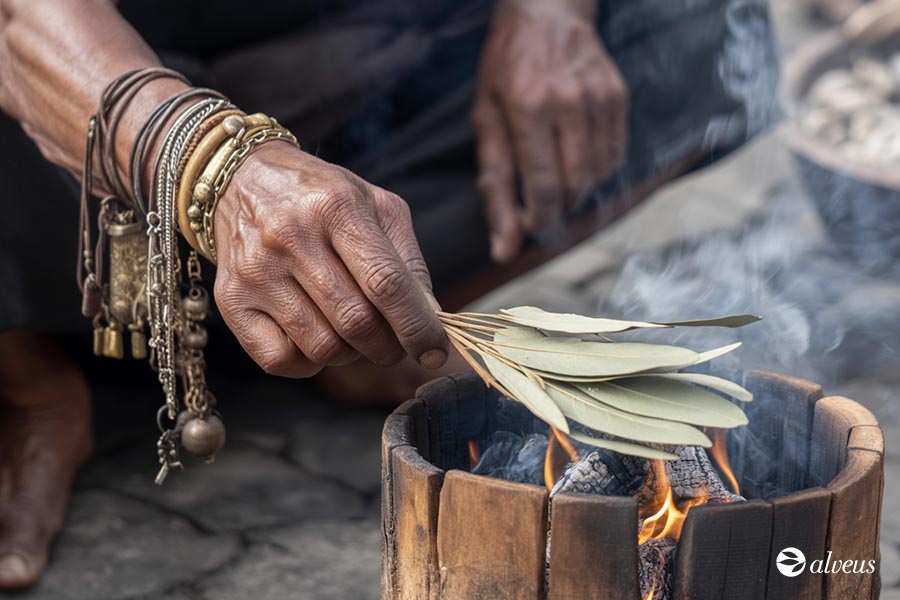
A symbolic plant of Australia, eucalyptus leaves were traditionally used in decoctions or steam inhalations to relieve congestion.
Today, eucalyptus essential oil is widely recognised for its use in respiratory and muscular care products, although it should always be used with caution and under professional guidance.
Mountain Mint (Prostanthera spp.)
In certain areas, this plant was traditionally brewed into teas to alleviate digestive discomfort or stomach upset. Its refreshing aroma is also appreciated in traditional topical applications.
Chinese Medicine Influence
The arrival of Chinese immigrants in the 19th century, especially during the gold rush, brought traditional Chinese medicine to Australia’s herbal landscape.
Asian herbs were cultivated in gardens and sold in apothecaries, and some were eventually integrated into local herbal traditions.
Gotu kola
Originally from South Asia, gotu kola is cultivated in Oceania and is traditionally used in both Ayurvedic and Chinese medicine.
It is popularly associated with cognitive support, skincare, and wound healing when applied externally. Current studies are exploring its antioxidant and circulatory properties.
Asian Ginseng (Panax ginseng)
Introduced from China, ginseng is a root prized for its supposed tonifying effects.
In Australian herbal shops, it has been used to formulate vitality-boosting tonics, though its use should be moderate and guided by a professional.

European Influence
British colonisation brought Old World herbal practices, which gradually blended with native plants to create new remedies combining traditional European knowledge with Oceanian plant materials.
Verbena (Verbena officinalis)
A European herb that adapted well to Oceania, verbena has been used in teas for its association with relaxation and emotional balance. It is commonly found in calming herbal blends in New Zealand.
Opium Poppy (Papaver somniferum)
Although strictly regulated, Australia is one of the few countries that legally produces poppies for pharmaceutical use.
Historically, some varieties were used under medical supervision for their analgesic compounds. In traditional settings, it was sometimes used to induce sleep through infusions, though this is strongly discouraged without professional oversight.
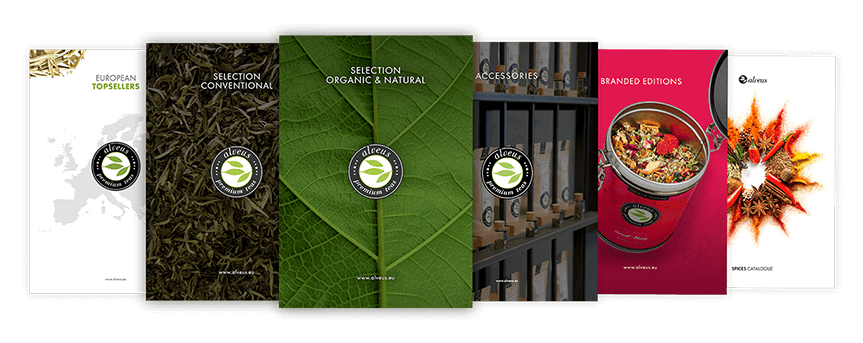
Pacific Influence
Connections with other Pacific cultures have also shaped Oceania’s herbal heritage. Among them, plants from Melanesia and Polynesia stand out.
Kava (Piper methysticum)
Native to Vanuatu and other Pacific islands, the root of kava has been used ceremonially for generations due to its reported relaxing effects.
In Australia and New Zealand, it has gained popularity as a natural beverage associated with relaxation. However, consumption should be moderate, as there are reports of potential liver-related adverse effects when consumed excessively or over long periods.
Māori Herbal Medicine in New Zealand
Māori knowledge of medicinal plants has been passed down orally and is now being recovered and valued. These practices are deeply rooted in the land and natural cycles.
Manuka (Leptospermum scoparium)
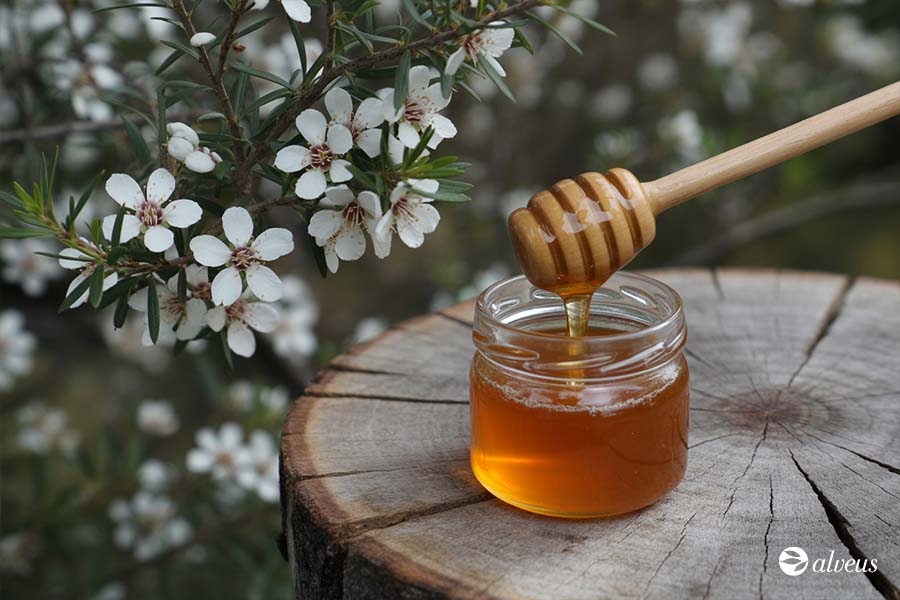
This plant is the source of the well-known manuka honey. Its leaves and bark were traditionally used in decoctions or poultices, often applied to help healing wounds or skin infections.
Manuka honey has been the subject of studies pointing out its antibacterial activity in specific clinical contexts.
Kawakawa (Piper excelsum)
Kawakawa is considered sacred by many Māori communities.
The leaves have traditionally been used in digestive infusions and applied on the skin to soothe discomfort.
Although no conclusive claims exist about its effects, preliminary research suggests anti-inflammatory compounds may be present.
Current Approach and Regulation
In Oceania, herbal medicine is now positioned as a complementary approach to conventional medicine.
Countries like Australia have strict regulations on the commercialisation and use of plant-based products. There is growing support for integrating herbal practices with scientific evidence and promoting education for both the public and health professionals.
Conclusion
Oceania’s herbal tradition represents more than the therapeutic use of plants: it reflects a unique understanding of health, nature, and the connection between body, culture, and land.
Over time, native traditions have engaged in dialogue with European and Asian systems. This exchange has produced a rich and evolving body of knowledge, now present in home remedies as well as in scientific laboratories.
Many of the plants mentioned—such as eucalyptus, acacia, or kawakawa—remain relevant not just for their practical uses but for the symbolic value they hold within the communities that have relied on them for generations.
This legacy, however, faces challenges: cultural appropriation, commercial exploitation without consent, and the loss of traditional knowledge all require awareness and respect.


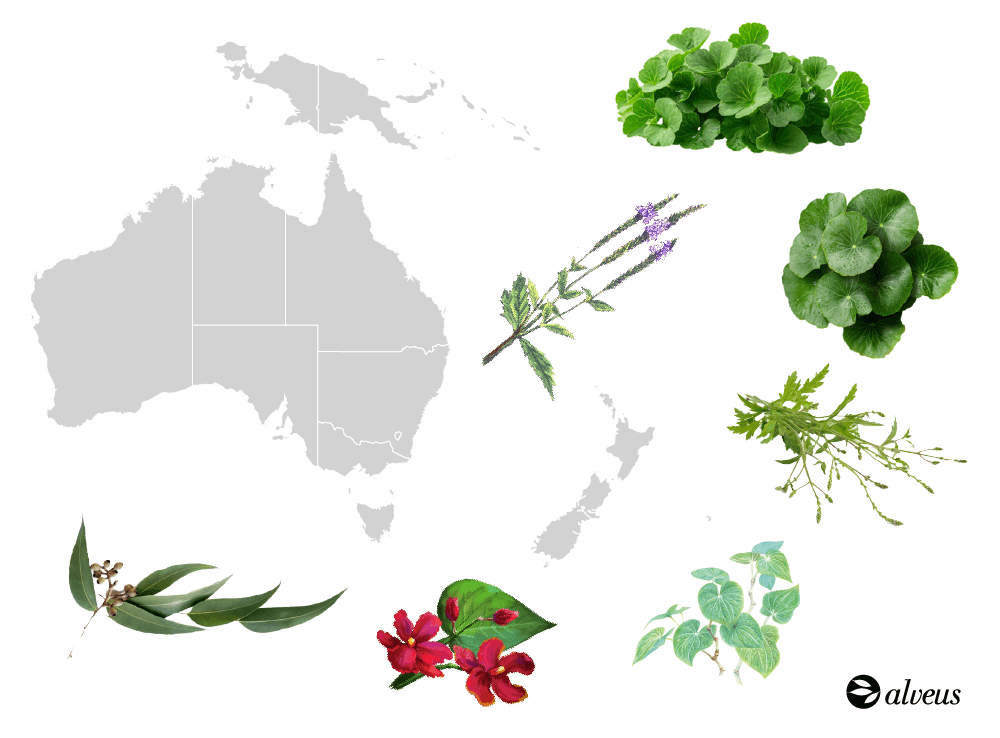

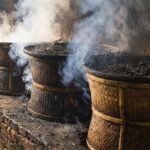

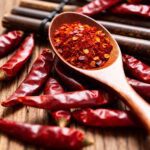

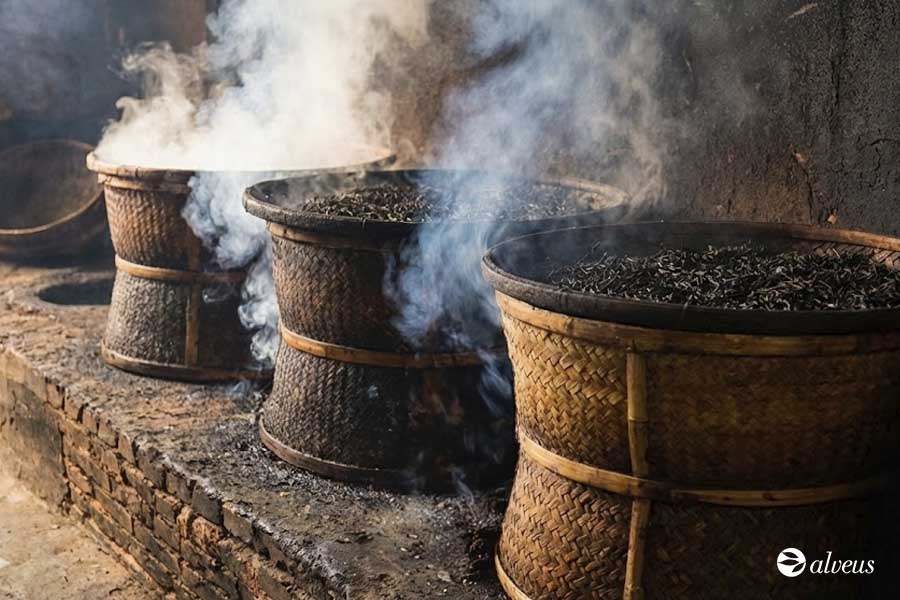

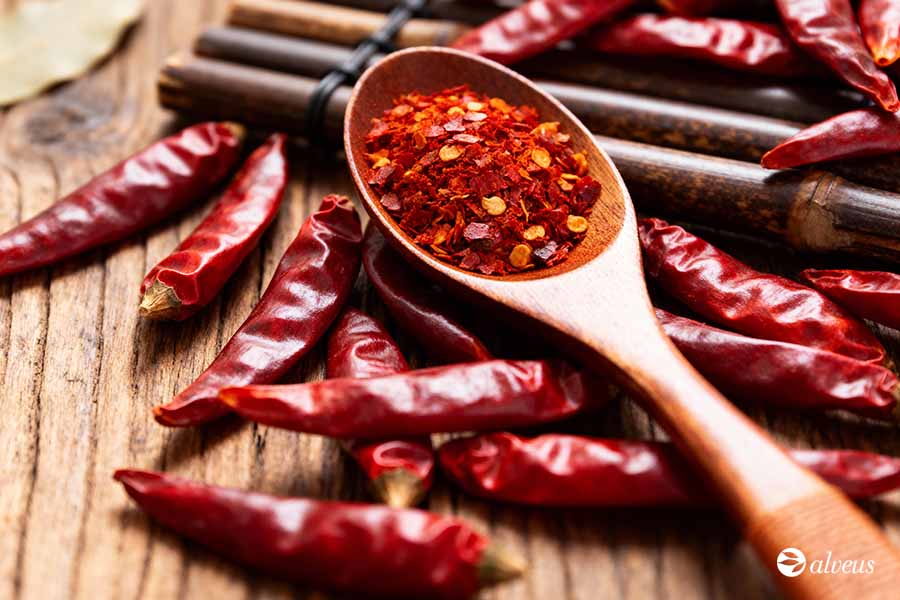
One response to “Medicinal Plants and Herbs of Oceania”
Nice article! I loved the connection between traditional herbs and modern science, especially the respect shown for the heritage of Indigenous peoples in Australia and New Zealand.